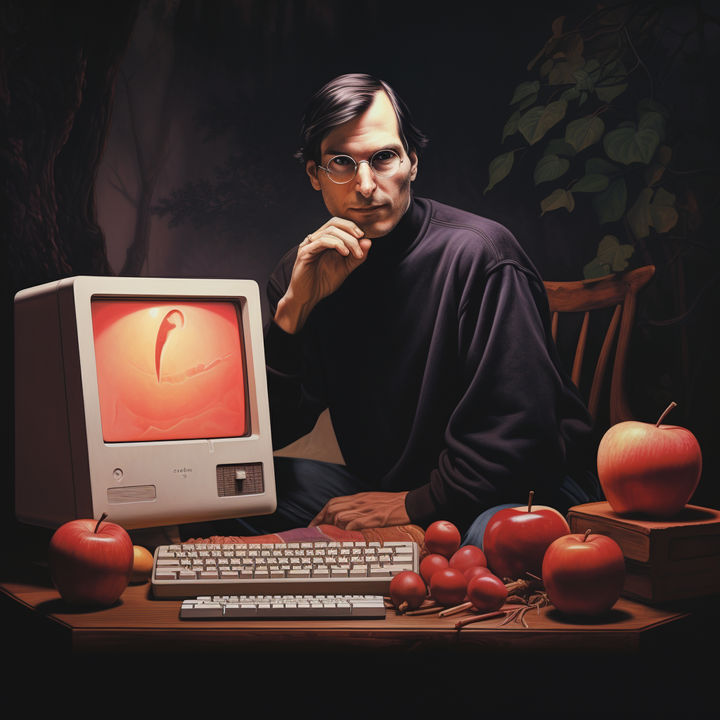Steve Jobs and Changing the World: Introduction of the iPhone

In 2007, the launch of the Apple iPhone marked a seminal moment in the world of technology and consumer electronics. Spearheaded by Steve Jobs, the iPhone was not merely a new product; it was a radical reimagining of the mobile phone as a versatile, intuitive, and powerful device.
This groundbreaking innovation underscored the significance of bridging advanced technology with exceptional user experience, fundamentally transforming the smartphone market and consumer expectations.
Factual Details of the Launch of the iPhone
Year: 2007
Location: San Francisco, California, USA
Event: Introduction of the Apple iPhone
On January 9, 2007, Steve Jobs unveiled the iPhone, claiming it to be a revolutionary product that combines a phone, an iPod, and an Internet communicator. The iPhone stood out for its sleek design, touch screen interface, and a user-friendly operating system. It integrated various functionalities into a single device, fundamentally changing how people interacted with their phones. The iPhone's launch not only revolutionized the smartphone industry but also set new standards for mobile technology.
Key Outcomes:
- The iPhone dramatically impacted the smartphone market, making Apple a major player in the sector.
- It changed consumer expectations around mobile technology, emphasizing ease of use, design, and functionality.
- The iPhone's success led to the development of a vast ecosystem of apps and services, influencing various aspects of daily life and business.
Leadership Lessons from the Launch of the iPhone
1. Visionary Integration of Technologies:
- Jobs’ vision to integrate a phone, an iPod, and an Internet communicator into one device highlights the importance of visionary thinking in technology integration.
2. User-Centric Product Design:
- The iPhone’s design focused on user experience, showing how prioritizing user needs can lead to breakthrough innovations in product development.
3. Disrupting and Setting Industry Standards:
- The launch of the iPhone disrupted the existing mobile phone market, setting new industry standards and showcasing how innovative products can redefine market categories.
4. Fostering Ecosystems Around Products:
- The creation of an app ecosystem around the iPhone illustrates the significance of building a comprehensive product ecosystem that extends the utility and appeal of the core product.
5. Balancing Simplicity with Functionality:
- The iPhone’s simple yet functional design underscores the balance leaders must strike between simplicity in design and richness in functionality.
Concluding Thoughts
The introduction of the iPhone is a landmark event that highlights the transformative power of combining innovative technology with a focus on user experience. Steve Jobs’ leadership in the development and launch of the iPhone provides a compelling example of how anticipating consumer needs, embracing technological convergence, and committing to user-centric design can create products that not only meet but exceed expectations. The iPhone's legacy continues to influence the technology industry, demonstrating the far-reaching impact of visionary product innovation.
Your Reflection
Reflect on the introduction of the iPhone and consider:
- How can you incorporate user-centric design in your product development to enhance user experience?
- What are the ways in which your products or services can integrate various technologies to offer comprehensive solutions?
- How might you create or leverage an ecosystem around your core offerings to add value and enhance user engagement?
- In what ways can your leadership foster innovation that not only meets market needs but also sets new standards in your industry?



